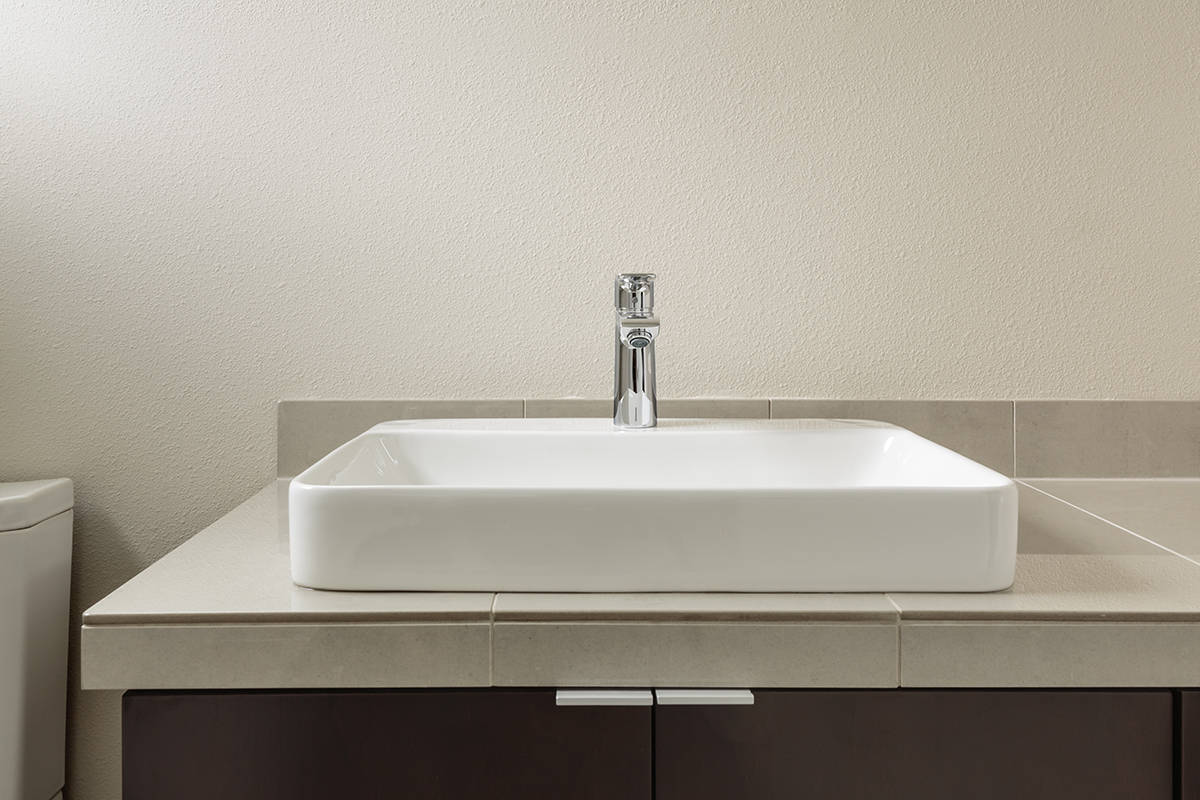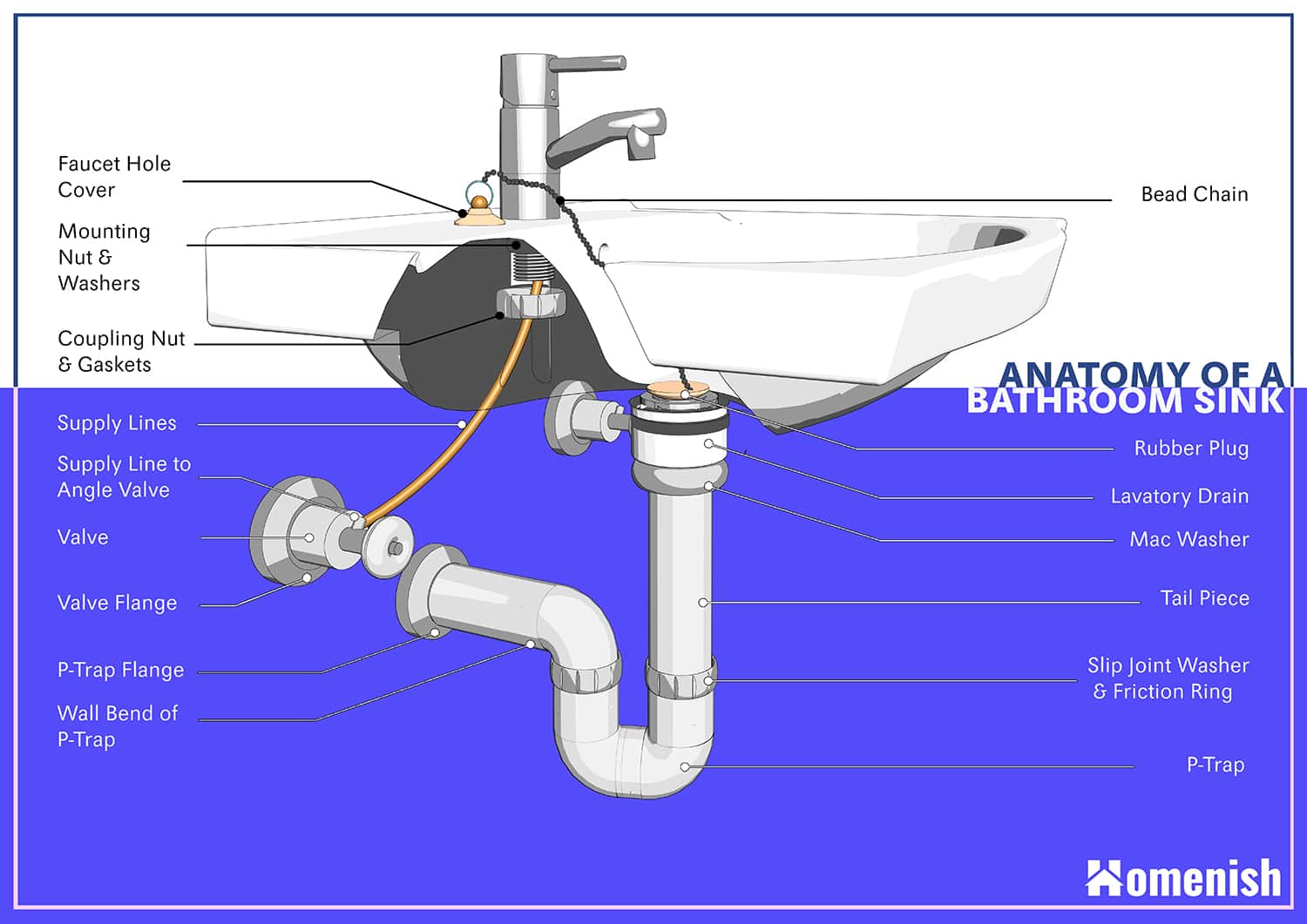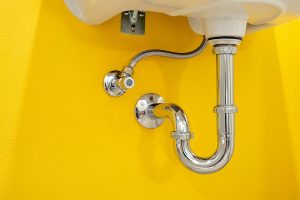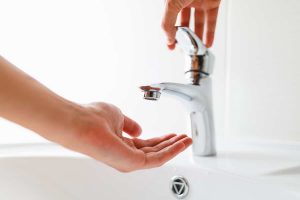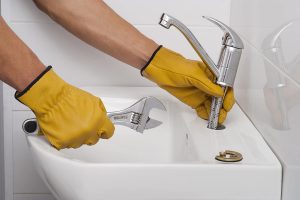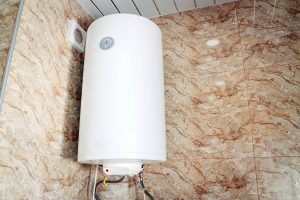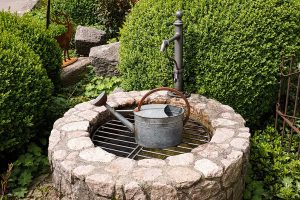The components of a bathroom sink are something most people probably never think about until something goes wrong.
If a part of your bathroom sink gets damaged and you need to replace it, then you’ll need to know a little about what the different parts are called, what they are for, and how they operate. The same goes for if a part of the sink stops working and you need to repair it.
Here we will break down the different parts of a bathroom sink and explain what purpose they have and how they work. You can also find this awesome 3D diagram of the major bathroom sink parts below.
External Bathroom Sink Parts
The external parts of a bathroom sink are those that people are more familiar with since these are the parts that we typically see and use every day.
Faucet
The faucet, also known as the tap, is the part of the sink where water flows out. Faucets are operated in different ways; in residential premises, they will typically have a lever handle or a knob that can be turned, while in commercial properties and public restrooms, you are likely to find faucets that can be turned on via a button or a motion sensor.
The latter is particularly great for reducing the spread of germs and bacteria because it means people can use the faucet without touching it at all.
The levers or handles on a faucet will also control the pressure of the water released, as well as the temperature of the water. Faucets are available in a wide range of styles and finishes, from ornate through to minimalist modern. The most common finish for a faucet right now is stainless steel or silver, but you can also find faucets in copper, gold, brass, bronze, and black finishes.
Basin
The basin is the part of a sink that collects the water which is delivered from the faucet. Without the basin, the water would simply flow straight out onto the floor. The size of a basin in a bathroom sink will vary depending on the size of the bathroom, and the shape of the basin is usually a matter of preference and style.
The basin can be circular, square, rectangle, or semi-circle shaped. An important part of the basin is the bathroom sink overflow, or overflow trap, which is integrated into the basin itself.
This is a hole at the back of the basin just below the uppermost surface of the basin. It often goes unnoticed, but it serves the purpose of preventing water from overflowing, therefore avoiding flooding or damage to other areas of the bathroom.
If you are filling up your basin to wash your face, for example, and you momentarily forget about it, then water will drain away through the overflow trap rather than start to flow over the sides of the basin and onto the floor. Another vital part of a basin is the drain. This is the hole at the bottom of the basin where water drains away ordinarily.
Most bathroom sinks will be fitted with a stopper at the drain, which you can use to seal the drain if you want to fill the basin with water.
Internal Bathroom Sink Parts
The internal parts of a bathroom sink are lesser-known unless you happen to be a plumber. However, they are absolutely vital for the effective functioning of the sink, giving us access to flowing water and allowing it to efficiently drain away.
Tailpiece
The tailpiece is a pipe that connects the drain in your basin to the other pipes which carry water away from the property. This is an essential piece of plumbing that allows for water to be effectively drained away from the sink.
P trap
A P trap is so-called because it looks like the shape of the letter ‘P’ pushed over on its side. This is another important piece of plumbing that performs several duties. The odd shape is specially designed to trap any debris that is in the basin water from getting further into the pipes and causing a blockage.
Anything with some weight to it, such as grit, will not be able to make the journey through the upward bending pipe and instead will get trapped in the pipe. Since this pipe is always fitted beneath a sink and has the role of trapping debris, it is also commonly known as a sink trap.
The other job of a P trap is preventing wastewater that has already drained away from re-entering the basin. The P trap is considered to be unattractive, and so it is usually hidden by a vanity unit or a pedestal stand which hides the pipes and other components installed beneath the surface of the basin.
Water lines
The water lines are the pipes that connect the water supply to the faucet and drain. Both a hot and cold water line will be installed behind a bathroom sink so that you can access various temperatures of water.
Shutoff valves
The shutoff valves are also called stop valves, which may give you a clue as to what they are used for. They are able to turn off the water supply to the faucet, which is useful when you need to repair a part of the sink and don’t want to be sprayed with water or cause a flood.
They are very useful because without them you would need to turn off the water supply to the whole house, rather than being able to isolate them.
A bathroom sink will have two shut-off valves; one which shuts off the hot water line and one which shuts off the cold water line. Typically shut-off valves have small oval-shaped handles which can be turned to shut off the water supply and turned back to turn the water back on.
Most commonly, they will operate via compression so that they can be fitted onto the water pipes without the need for soldering; however, if you do find yourself in the position of needing to replace a shutoff valve, you will need to turn the water off for the whole property.
